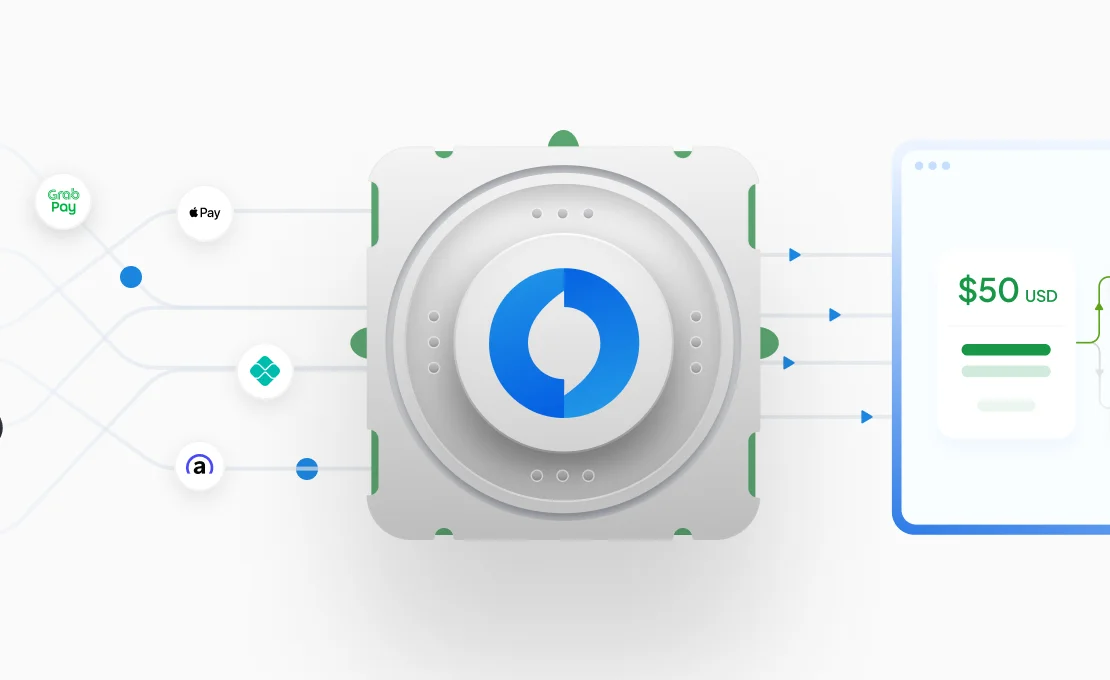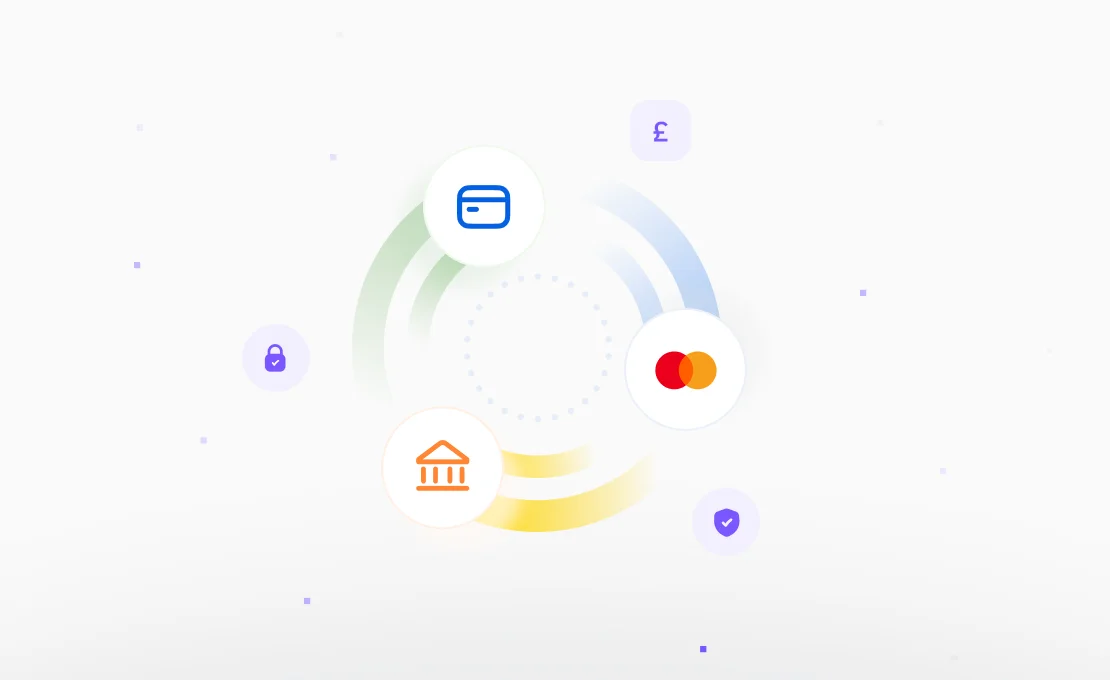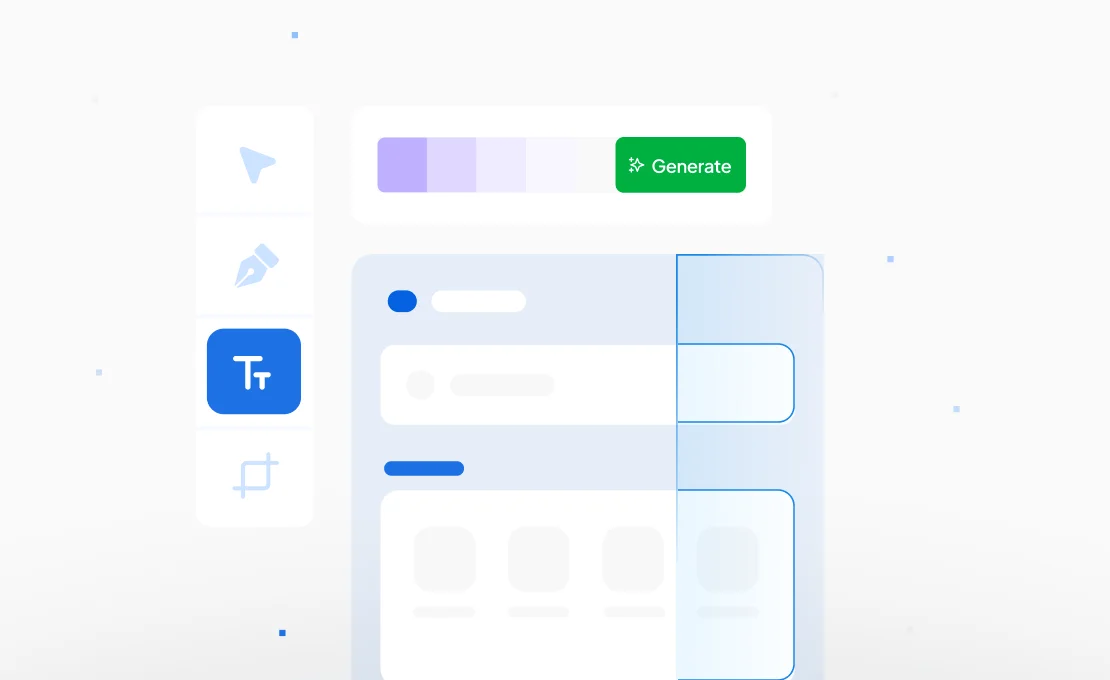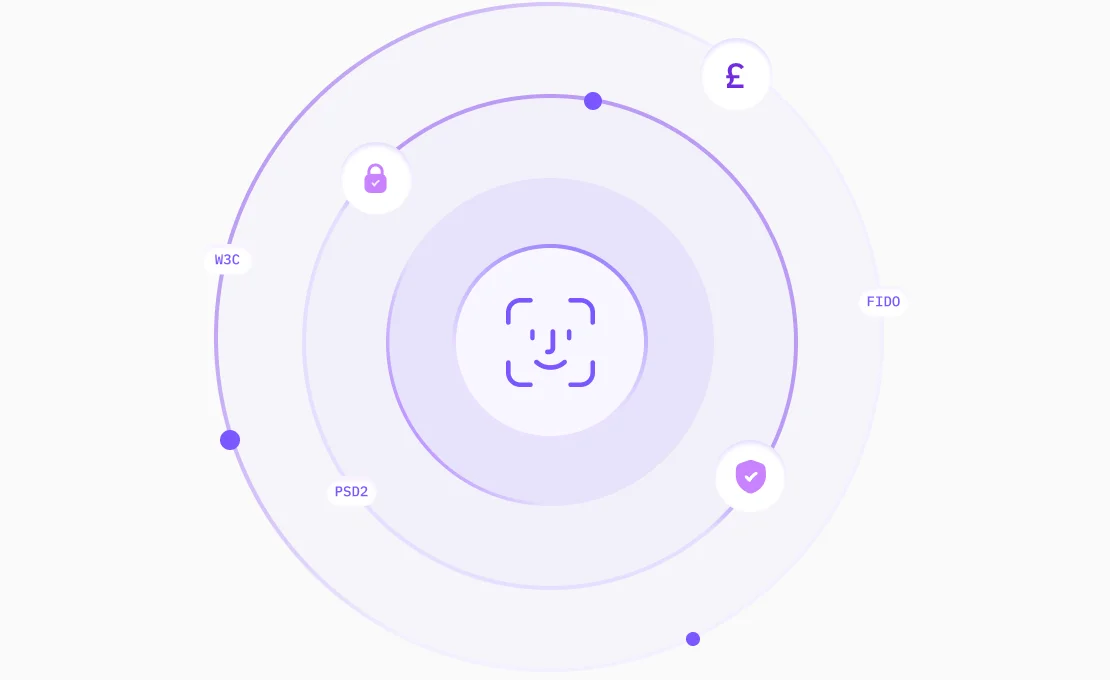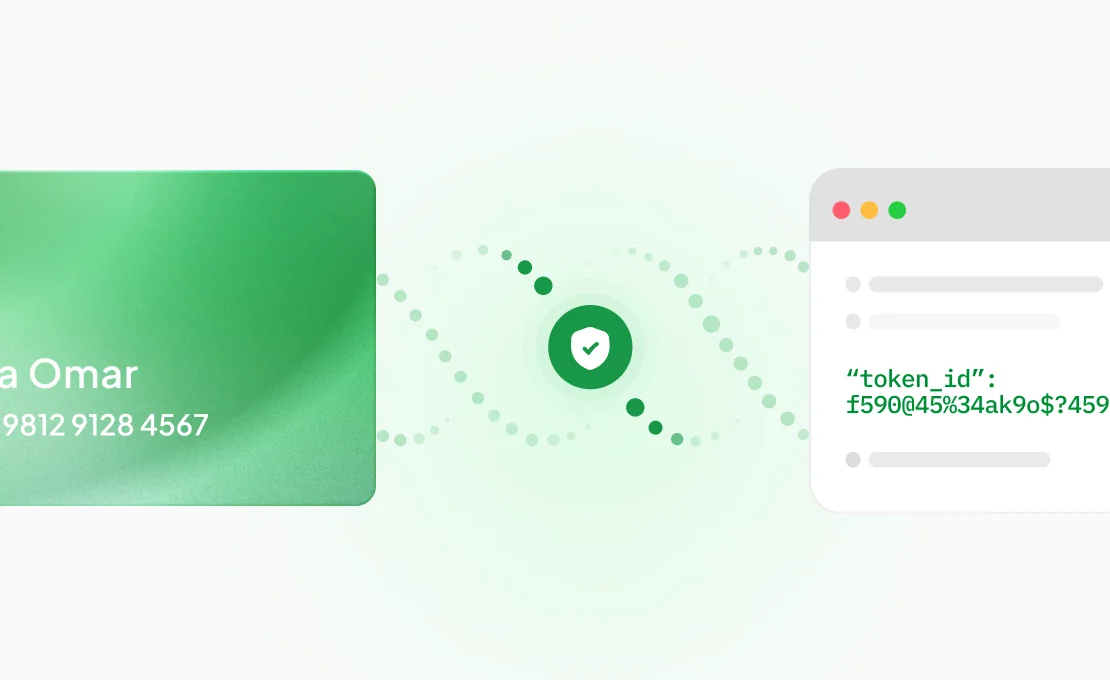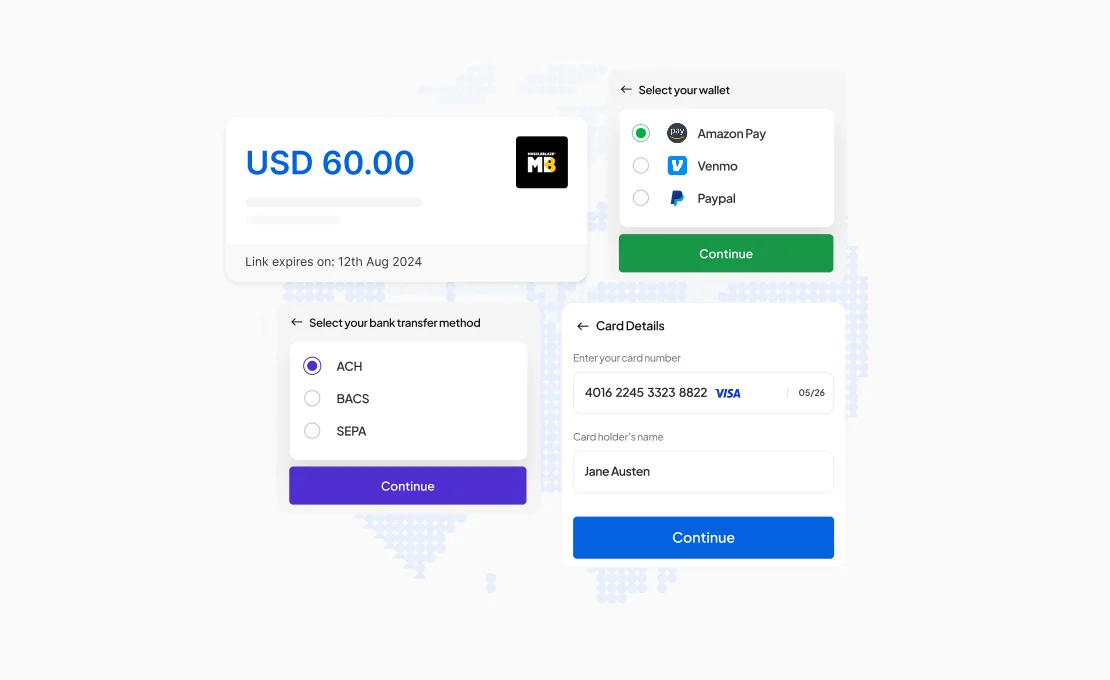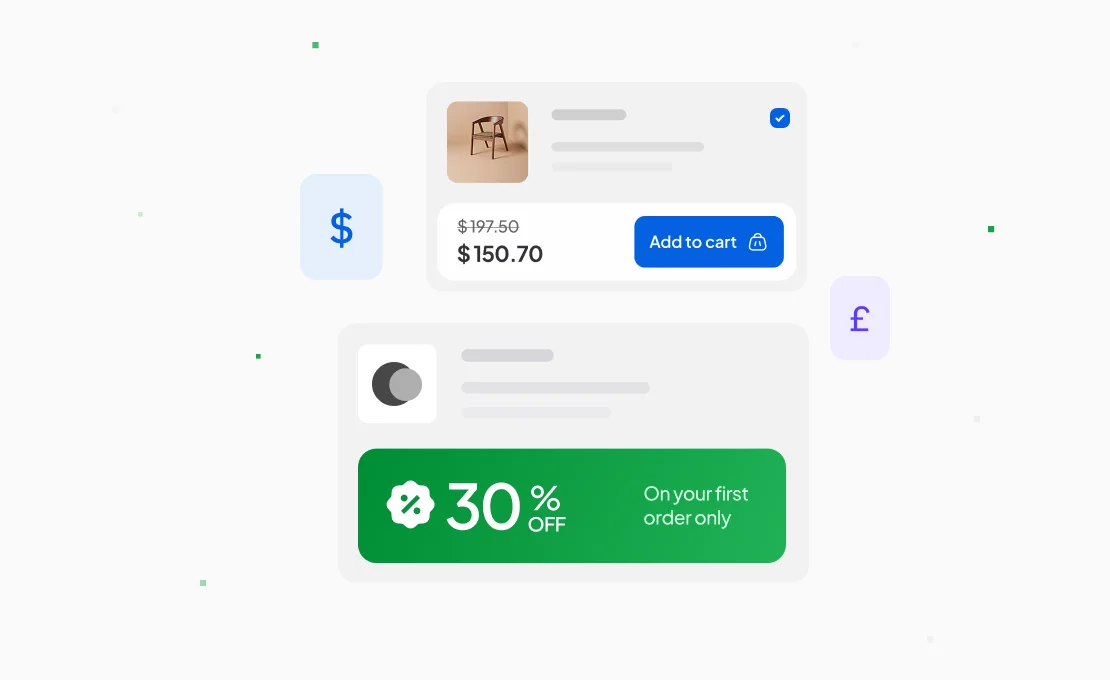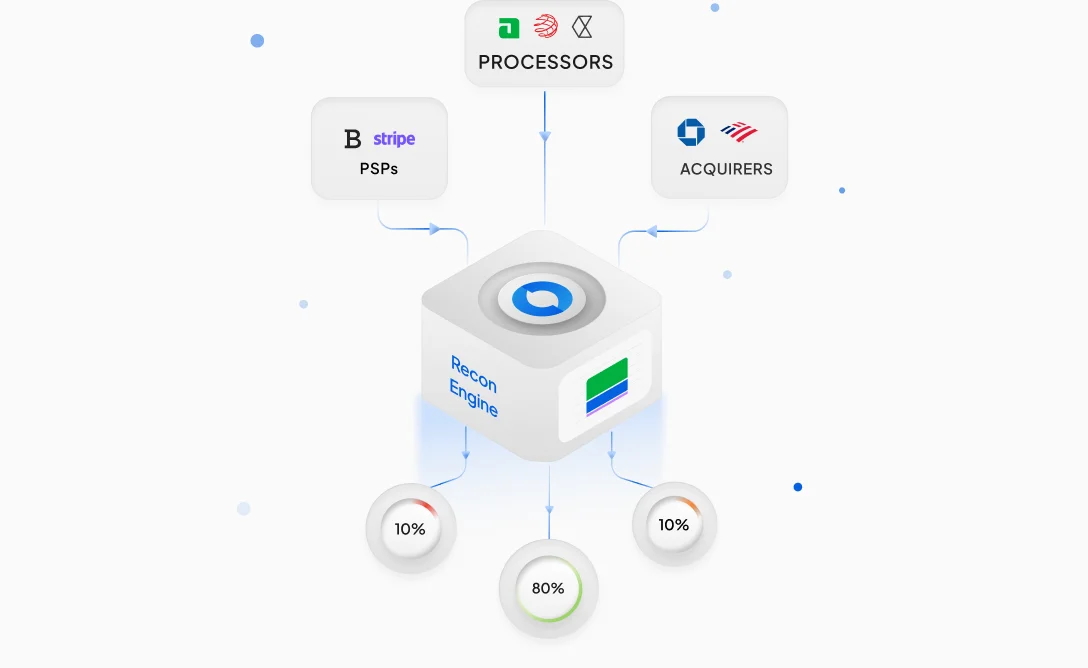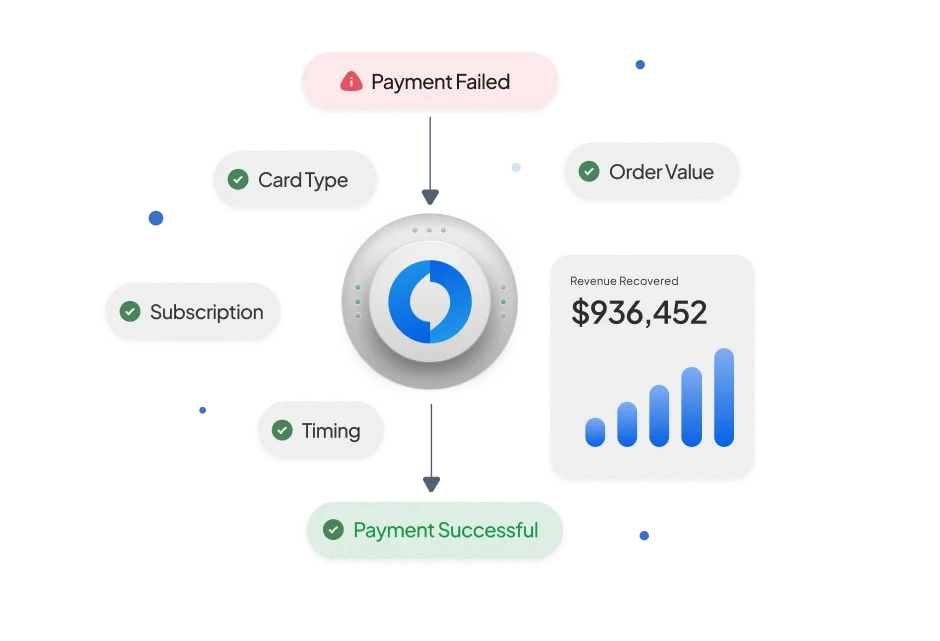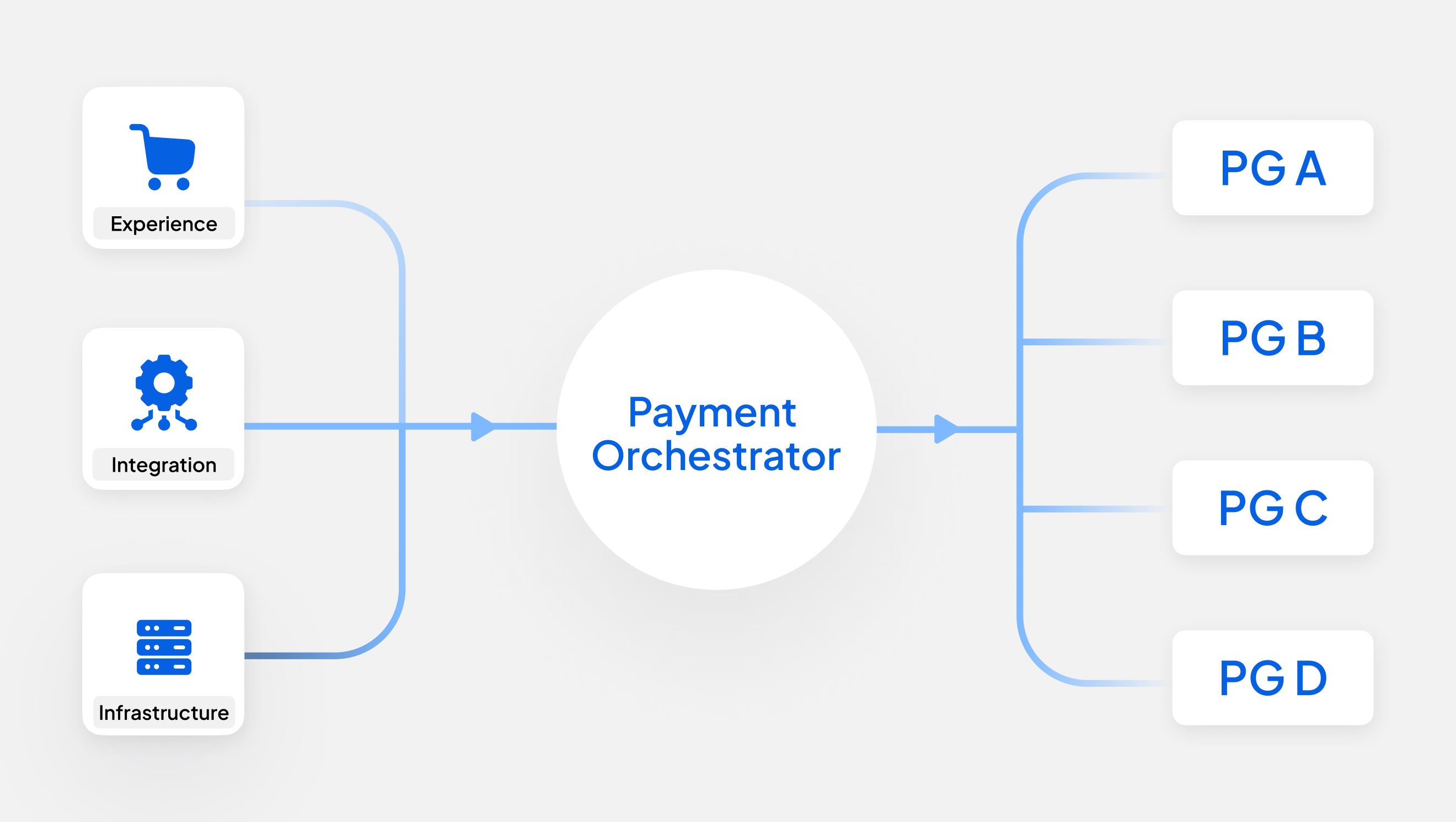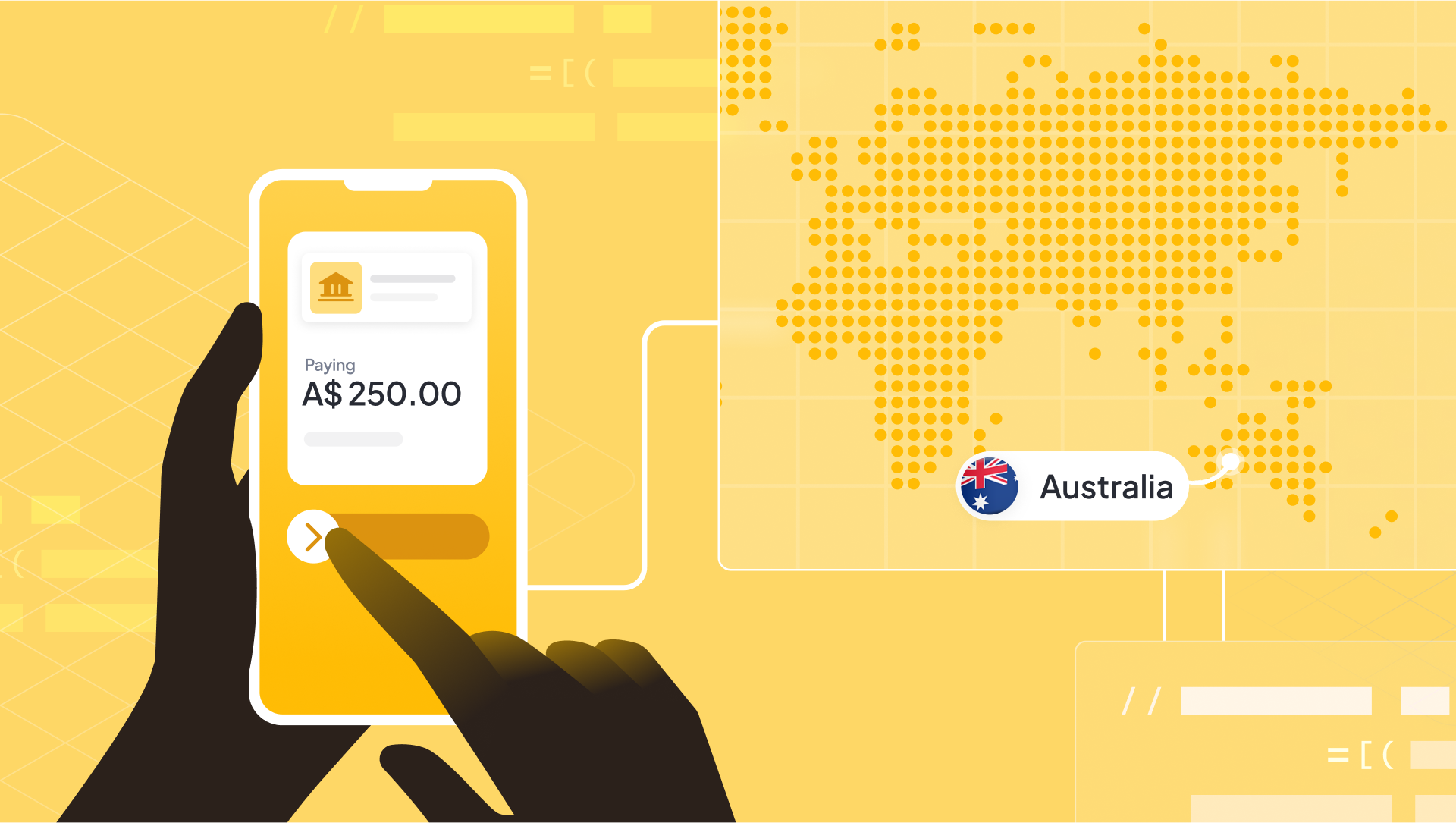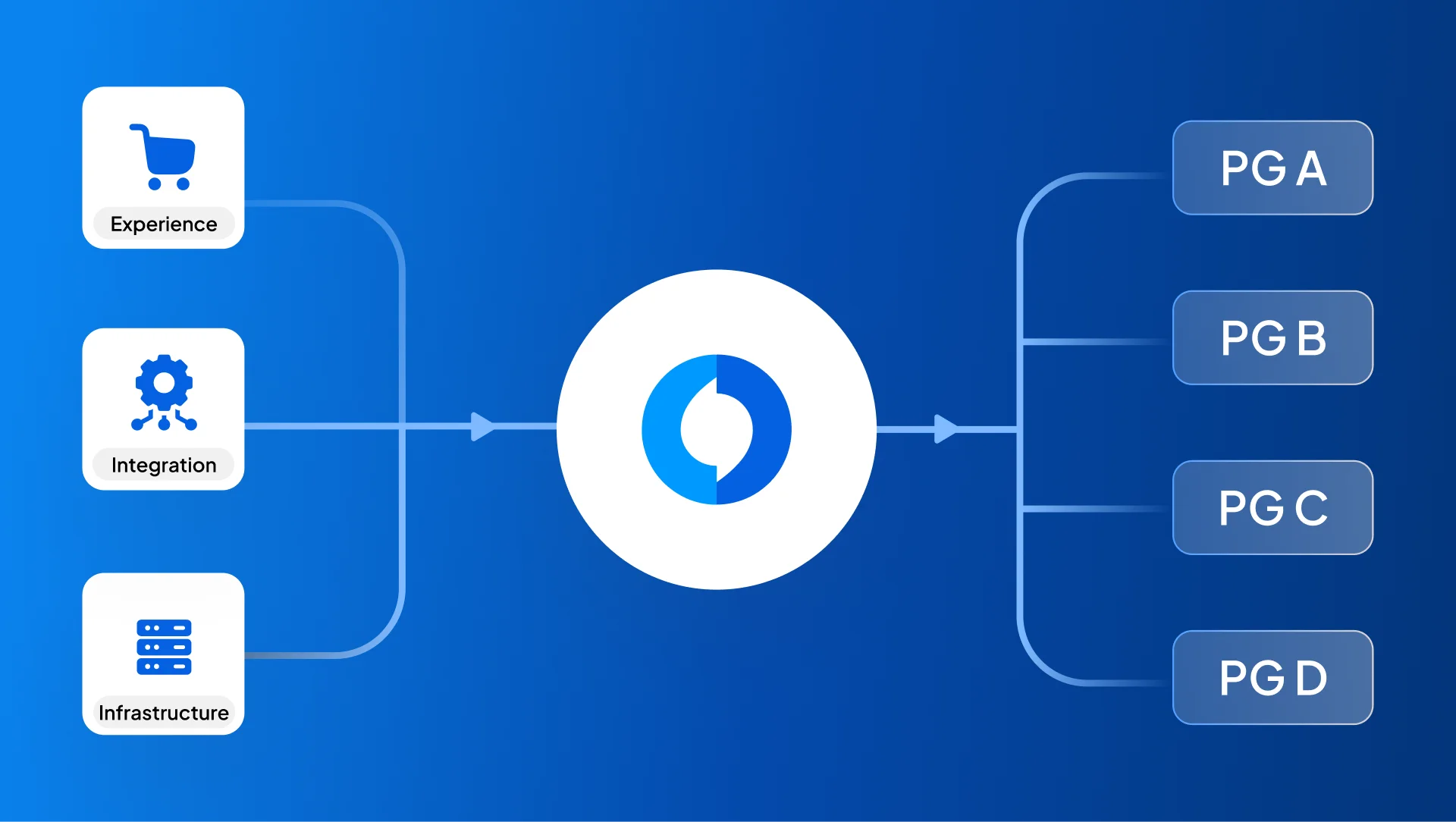Australia's payments landscape has become one of the most advanced in the world. Real-time transfers happen in seconds, contactless payments are everywhere, and new technologies keep emerging. For businesses looking to optimize their payment acceptance, understanding these changes have become essential
Australia's Payments Landscape Overview
The Australian payments market is valued at USD 1.07 trillion in 2025 and is projected to reach USD 2.29 trillion by 2030, growing at 16.44% annually. That's more than doubling in just five years.
What's driving this growth? High internet penetration at 96% and widespread adoption of digital wallets have created the perfect environment for payment innovation. Australians don't just accept new payment methods, they actively embrace them.
The shift from cash to digital accelerated during the pandemic and hasn't slowed down. Mobile wallets now account for a significant chunk of transactions, and real-time payments have become the expectation rather than the exception.
Recent Innovations Reshaping Payments
The BECS Decommissioning: Australia's Biggest Payment System Overhaul
BECS stands for Bulk Electronic Clearing System. It's been Australia's payment backbone since 1989, quietly processing direct entry payments like salaries, welfare payments, and supplier invoices behind the scenes. Most businesses have relied on BECS for money movement
But here’s a catch, BECS was built for a different era. It only processes payments in batches on business days, so a payment initiated on Friday afternoon might not settle until Monday. It can't carry rich data fields, limiting what information travels with your payment. And for a 24/7 digital economy, batch processing feels outdated.
Australia's payments landscape faces its most significant transformation in 30 years. The target date for decommissioning the legacy BECS framework is 2030, a shift that will move all payments to the modern NPP infrastructure.
BECS has been Australia's workhorse since 1989, processing batch payments like salaries, welfare, and supplier invoices. Currently BECS carries an average yearly value of more than $15 trillion, more than seven times the current annual value transferred through the NPP. However, BECS processes payments only on business days with batch transfers settling days later, and it can't carry rich data fields that modern businesses need.
Why move now? The NPP will support efficiency and innovation in business processes around payments, including better fraud and audit controls, rich data, and automated processing and reconciliation, 24/7. Early adopters already report faster payment settlement, lower costs per transaction, and better reconciliation capabilities.
The transition faces real challenges. The RBA found the transition lacks sufficient industry coordination, planning and certainty, with the NPP requiring significant uplift to support BECS transactions. The NPP reaches 90% of all BECS-reachable accounts, with NPP Participants indicating firm plans to connect nearly all the remaining BECS reachable accounts well before the retirement of BECS.
Real-Time Payments Through NPP
The New Payments Platform changed everything. As of April 2025, over 25 million PayIDs are registered, letting Australians receive payments using just their mobile number or email address. No more remembering BSB and account numbers.
The NPP uses ISO 20022 to enable more data to travel with payments, which means invoices, reference numbers, and other details can flow alongside the money. As volumes on the NPP platform continue to grow, the wholesale NPP transaction cost has declined from around 39 cents in FY19 to an expected 4 cents in FY25, making it increasingly cost-competitive with BECS.
Account-to-Account Payments with PayTo
PayTo represents the next step in payment evolution. Instead of traditional direct debits that pull money without warning, PayTo lets customers authorize recurring payments through their banking app. You see exactly when payments will be taken, you can pause subscriptions, and you stay in control.
For merchants, this means faster settlement, lower failure rates, and typically lower costs than card payments. The customer authorizes payments in real-time, which dramatically reduces disputes and chargebacks.
Main Players in the Payments Ecosystem
Australia's payments landscape includes several key players working together:
Australian Payments Plus operates the NPP, BPAY, and eftpos systems, the infrastructure that makes everything work. Without these rails, none of the payment apps would function.
Reserve Bank of Australia sets policy direction and oversees payment systems. They've been actively pushing for better competition and lower merchant costs through regulations on interchange fees, tokenization, and least-cost routing.
The Big Four Banks (Commonwealth Bank, Westpac, ANZ, and NAB) still dominate retail banking, but they're facing competition from nimble fintechs and payment service providers
Digital Wallets like Apple, Google, and Samsung have achieved rapid adoption. In 2024, around 39% of debit card transactions and 33% of credit card transactions now use mobile wallets, and that percentage keeps climbing.
Buy Now, Pay Later Providers like Afterpay, Zip, and Klarna have established themselves as major players in the payments ecosystem. These services let customers split purchases into multiple installments, often without upfront interest.
For merchants, BNPL typically increases conversion rates and average order values, particularly in fashion, electronics, and furniture categories. BNPL providers have become essential for businesses targeting younger demographics and specific product categories where they drive meaningful revenue growth.
Popular Payment Methods
Cards still remain on top for now. Australians prefer debit cards for everyday spending, though credit cards still handle higher-value purchases. Contactless "tap and go" through digital wallets like Google Pay & Apple Pay has become the default.
Digital wallets like Apple Pay, Google Pay, and Paypal have moved far beyond novelty status. The convenience of biometric authentication, combined with one-tap checkout makes digital wallets incredibly sticky.. For merchants, this shift means most customers expect digital wallet acceptance at checkout, both online and in-store.
Bank transfers through NPP are expected to pick up after BECS decommission and bring about convenience of real time bank transfers. What used to take hours now happens in seconds, making bank transfers viable for everyday transactions, not just bill payments.
Buy Now, Pay Later offered by providers like Afterpay, Zip, and Klarna carved out their niche, particularly for fashion, electronics, and large ticket purchases. While they represent a smaller percentage of overall transactions, they drive higher conversion rates for merchants who offer them.
Payments in Ecommerce
Cards dominate online checkouts, but fraud remains a massive challenge. This challenge has directly driven merchants and consumers to seek safer alternatives.
The rise of digital wallets such as Apple Pay and Google Pay reflects this shift, these wallets combine the familiarity of cards with enhanced security and convenience. In Australia, digital wallet adoption has accelerated rapidly, where typing card details is tedious and exposes transactions to fraud risk. By authenticating through device biometrics, wallets eliminate the need to transmit sensitive card information, making payments faster and more secure. Rather than replacing cards, wallets have enhanced them, turning a high-friction, fraud-prone checkout into a frictionless, single-tap experience.
PayTo is gaining traction in ecommerce, particularly for subscriptions and recurring payments. Authentication happens through the customer's banking app, reducing fraud risk compared to traditional card storage and making it especially appealing for merchants managing subscription models.
Mobile commerce now accounts for most online shopping traffic in Australia. Successful payment experiences on small screens require fewer form fields, larger buttons, and seamless one-tap checkout capabilities that wallets naturally provide.
Regulatory Changes Shaping the Landscape
The RBA has been busy pushing through several important changes:
Token portability became mandatory. The Board expects industry participants to comply with the Standard for Payment Service Provider Porting by July 1, 2026. This means merchants can switch payment providers without losing saved customer card details, promoting competition.
Merchants and payment providers that don't meet minimum security requirements must stop storing card numbers after June 2025. This pushes everyone toward tokenization, which is more secure.
Least-cost routing remains a priority. The RBA wants merchants to be able to route dual-network debit cards through whichever network costs less, usually eftpos rather than Visa or Mastercard. Digital wallets initially blocked this, but regulatory pressure is changing that.
Australia allows merchant surcharging, but only up to the actual cost of payment acceptance. The RBA continues reviewing whether current surcharging rules strike the right balance between transparency and consumer experience.
Upcoming Payment Trends
NPP expansion will continue. Australian Payments Plus planned capacity uplifts backed by detailed volumetric modelling to support higher transaction volumes during 2025, preparing for substantial growth.
Embedded finance is becoming ubiquitous. Payments happen directly inside food delivery apps, travel booking platforms, and social media without redirecting to payment pages. This reduces friction and improves conversion rates.
Biometric authentication will advance beyond fingerprints and facial recognition. Palm scanning and behavioral biometrics (how you type or hold your phone) are emerging as additional security layers.
Cross-border improvements are coming. International payments remain slower and more expensive than domestic ones, but competition from fintechs and new technologies is driving costs down and speed up.
AI-powered fraud prevention keeps improving. Machine learning models analyze patterns across millions of transactions, catching fraud that rule-based systems miss while reducing false declines of legitimate customers.
Conclusion: Navigating Australia's Payments Landscape
Australia's payments landscape offers incredible opportunities for businesses willing to adapt. The infrastructure is world-class, consumer adoption is high, and innovation continues accelerating.
For merchants, several priorities matter:
Offer multiple payment methods. Customer preferences vary. Cards, digital wallets, account-to-account payments and BNPL options should all be available on checkout.Adding multiple payment methods typically requires development resources and ongoing maintenance across different PSP integrations. Payment orchestration solves this complexity by providing a unified integration layer. Through a payment orchestration provider like Juspay, businesses can access 300+ PSPs and local/alternative payment methods globally through a single integration—eliminating the need for multiple API connections and reducing development overhead with no-code configurations.
Optimize for mobile. Most online transactions now happen on phones. Your payment flow needs to work beautifully on small screens.
Stay current on regulations. The RBA's changes to tokenization, portability, and routing will affect your costs and capabilities.
Consider PayTo and real-time payments. Early adopters gain competitive advantages in cost, speed, and customer experience.
Invest in fraud prevention. With fraud reaching epidemic levels, inadequate protection costs real money.
The payments landscape keeps evolving. New technologies emerge, regulations adjust, and consumer expectations shift. Businesses that stay informed and adapt quickly will optimize their payment acceptance, reduce costs, and deliver better experiences. That's not just about keeping up, it's about staying competitive in an increasingly digital economy
